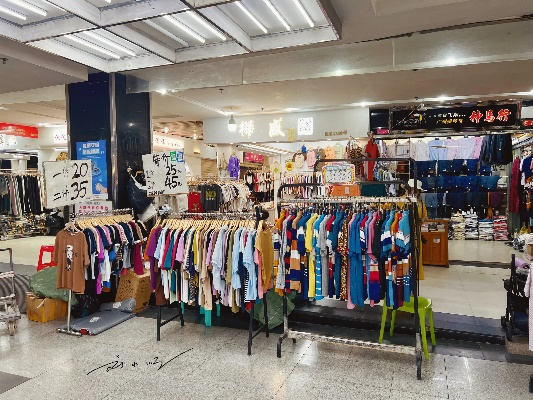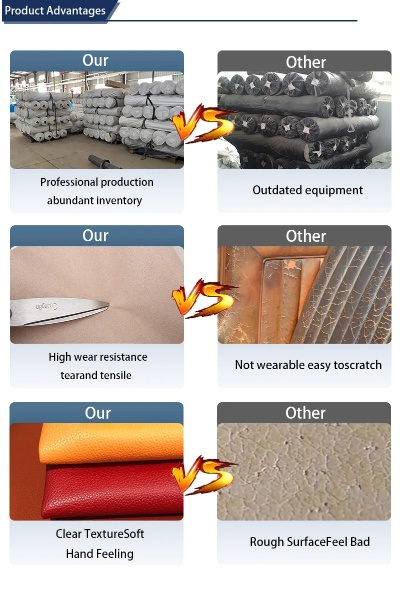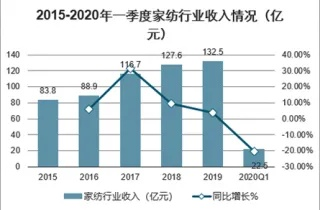The Global Trade Dispute Over Eco-Friendly Textiles:A Comprehensive Analysis
Introduction: The textile industry, a vital sector of the global economy, has been increasingly adopting eco-friendly practices to reduce its environmental footprint. However, this trend has led to a growing international trade dispute over the definition and enforcement of eco-label standards. This essay will explore the key issues at stake in this dispute, including the different interpretations of eco-label standards, the challenges faced by developing countries, and the potential impact on global trade.
Eco-Label Standards: Eco-label standards are voluntary certification programs that aim to promote sustainable production and consumption of products. These standards typically require manufacturers to meet certain criteria, such as reducing waste, using renewable materials, and minimizing their environmental impact. However, there is no universally accepted definition of an eco-label. Countries with different economic, cultural, and technological backgrounds may have different interpretations of these standards.
For example, the European Union (EU) has a comprehensive set of eco-label standards, including the EU Ecolabel, which covers 13 categories of products. On the other hand, the United States has its own labeling system, called the Green Seal, which focuses on organic and non-GMO products. These differences can lead to confusion among consumers and traders, who may be unsure about which products meet their environmental goals.
Trade Disputes: One of the main areas of contention in the international trade dispute over eco-friendly textiles is the enforcement of eco-label standards. Some countries argue that these standards should be mandatory rather than voluntary, while others believe that they should be subject to international agreements and regulations.
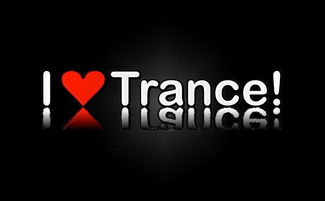
For instance, China has been accused of not meeting the standards set by the EU for its textile products, leading to a trade dispute between the two countries. In response, China has introduced its own eco-label program, the China Eco-Label, which aims to promote sustainable production in China. However, some European countries have criticized this program as being less rigorous than the EU Ecolabel.
Another example is the US-China trade war, where the US has imposed tariffs on Chinese textiles due to concerns about the quality and safety of these products. This has raised questions about whether the US is imposing trade restrictions based on environmental concerns or other factors, such as national security or political pressure.
Developing Countries: The international trade dispute over eco-friendly textiles also affects developing countries, which often rely on imported textiles for their economies. These countries face several challenges in implementing eco-label standards, including limited resources, lack of technical expertise, and weak regulatory frameworks.
For example, many African countries struggle to meet the high standards set by the EU for their textile products. As a result, they face significant barriers to trade with the EU, which could negatively impact their economies and livelihoods. Similarly, many Latin American countries have struggled to implement eco-label standards, leading to a lack of trust from consumers and traders.
Impact on Global Trade: The international trade dispute over eco-friendly textiles could have significant implications for global trade. If countries continue to impose trade restrictions based on environmental concerns, it could hinder global growth and development. Additionally, if the global market becomes more fragmented due to these disputes, it could create new opportunities for niche markets and alternative suppliers.
However, it is important to note that the global trade dispute over eco-friendly textiles is not necessarily a negative outcome. It highlights the need for greater cooperation and understanding among countries in order to achieve common goals around sustainability and environmental protection. By working together, we can find solutions that balance economic growth with environmental responsibility.
背景介绍
近年来,随着全球环保意识的提升,生态纺织品贸易逐渐成为国际贸易的新热点,国际生态纺织品贸易纠纷频发,给各方带来了不小的困扰,我们将以一个具体的国际生态纺织品贸易纠纷案例为例,深入探讨其中的法律问题及解决策略。

假设某国家与另一国家之间存在关于生态纺织品贸易的纠纷,双方在贸易过程中存在一些争议点,主要包括产品质量、环保标准、关税等问题,双方在协商无果后,选择通过法律途径解决纠纷。
案例分析
产品质量争议
在本次纠纷中,产品质量成为双方争议的焦点,被诉方声称其产品符合国际环保标准;申诉方则指出被诉方产品存在质量问题,不符合合同约定,双方在产品质量方面存在较大差异,需要通过法律手段进行裁决。
环保标准争议
双方在环保标准方面也存在争议,被诉方声称其产品符合国际环保标准的相关法规,而申诉方则认为被诉方产品的环保标准低于合同约定的标准,在这种情况下,需要通过相关法规和合同条款进行裁决,双方还需要考虑国际贸易规则和惯例,以确定纠纷的最终解决方式。
法律条款适用问题
在本次纠纷中,双方在法律条款适用方面也存在一定的争议,双方在合同中约定了相关的法律条款;国际贸易规则和惯例也对此进行了规定,在这种情况下,需要通过了解相关法律法规和国际贸易规则,来确定纠纷的最终解决方式。
案例补充说明
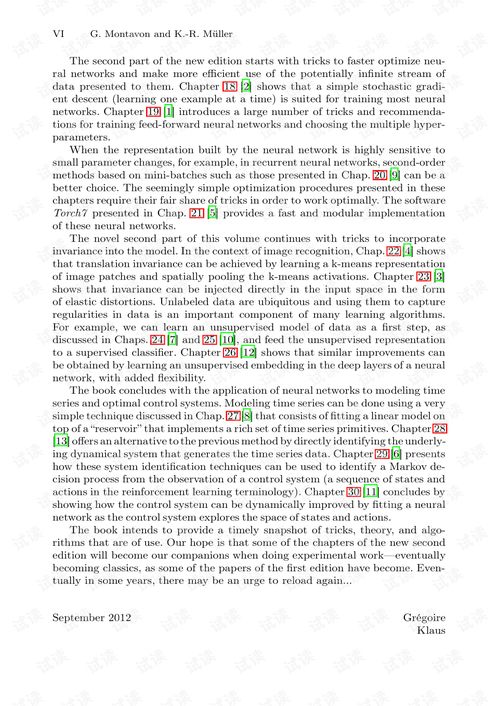
为了更好地说明本次案例,我们可以使用英文表格进行补充说明,以下是英文表格:
英文案例说明
以下是本次案例的英文表述:
国际生态纺织品贸易纠纷案例分析:
背景:近年来,随着全球环保意识的提升,生态纺织品贸易逐渐成为国际贸易的新热点,在此背景下,某国家与另一国家之间存在关于生态纺织品贸易的纠纷。
争议点:产品质量、环保标准、关税等问题是双方争议的主要焦点,双方在协商无果后,选择通过法律途径解决纠纷。
分析:在本次纠纷中,产品质量成为双方争议的焦点,被诉方声称其产品符合国际环保标准;申诉方则指出被诉方产品存在质量问题,双方在环保标准方面也存在争议,双方在合同中约定了相关的法律条款和国际贸易规则和惯例,在这种情况下,需要通过了解相关法律法规和国际贸易规则来确定纠纷的最终解决方式。
在国际生态纺织品贸易纠纷中,各方需要充分了解相关法律法规和国际贸易规则,以确保纠纷得到公正、合理的解决,双方还需要加强沟通与合作,共同推动生态纺织品贸易的发展。
Articles related to the knowledge points of this article:
The Fashionable Textile Wholesale Market in Ruili Free Trade Zone
Exploring the World of Textiles:A Journey Through Tide Happy Garment Trading

